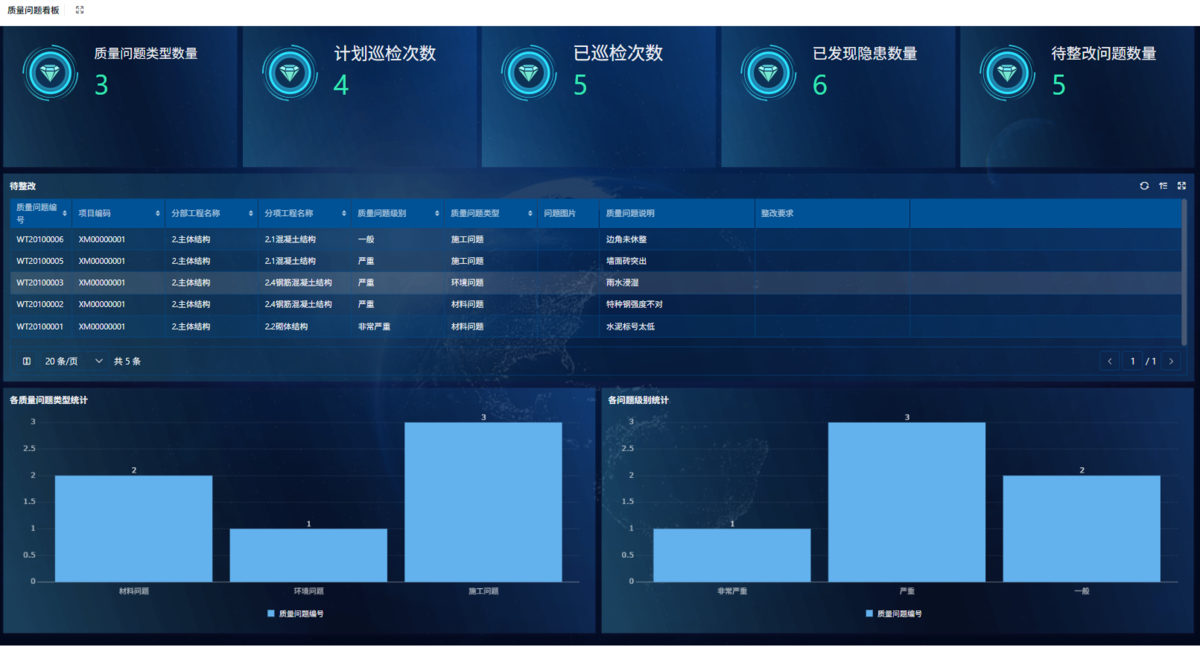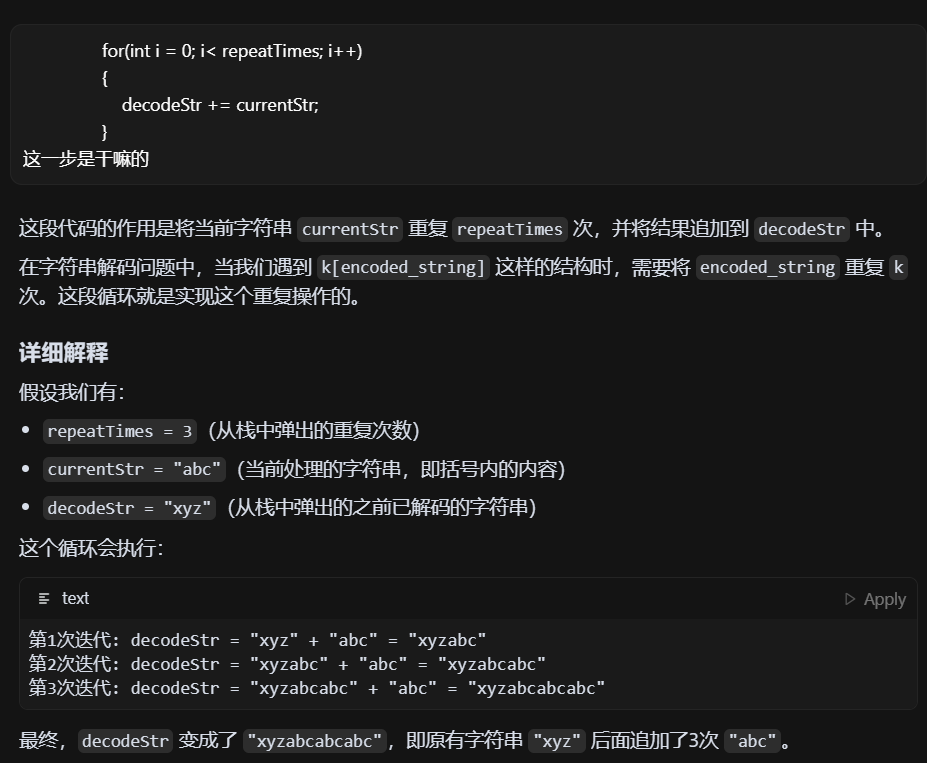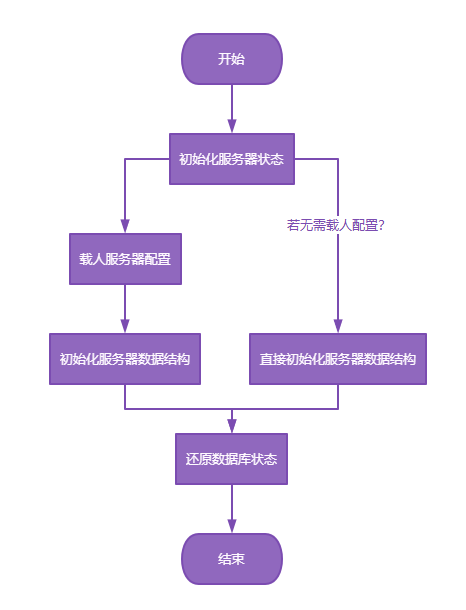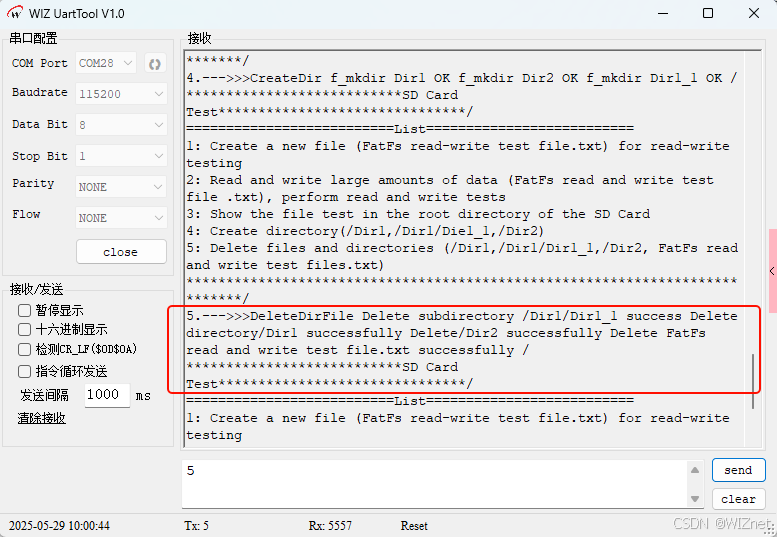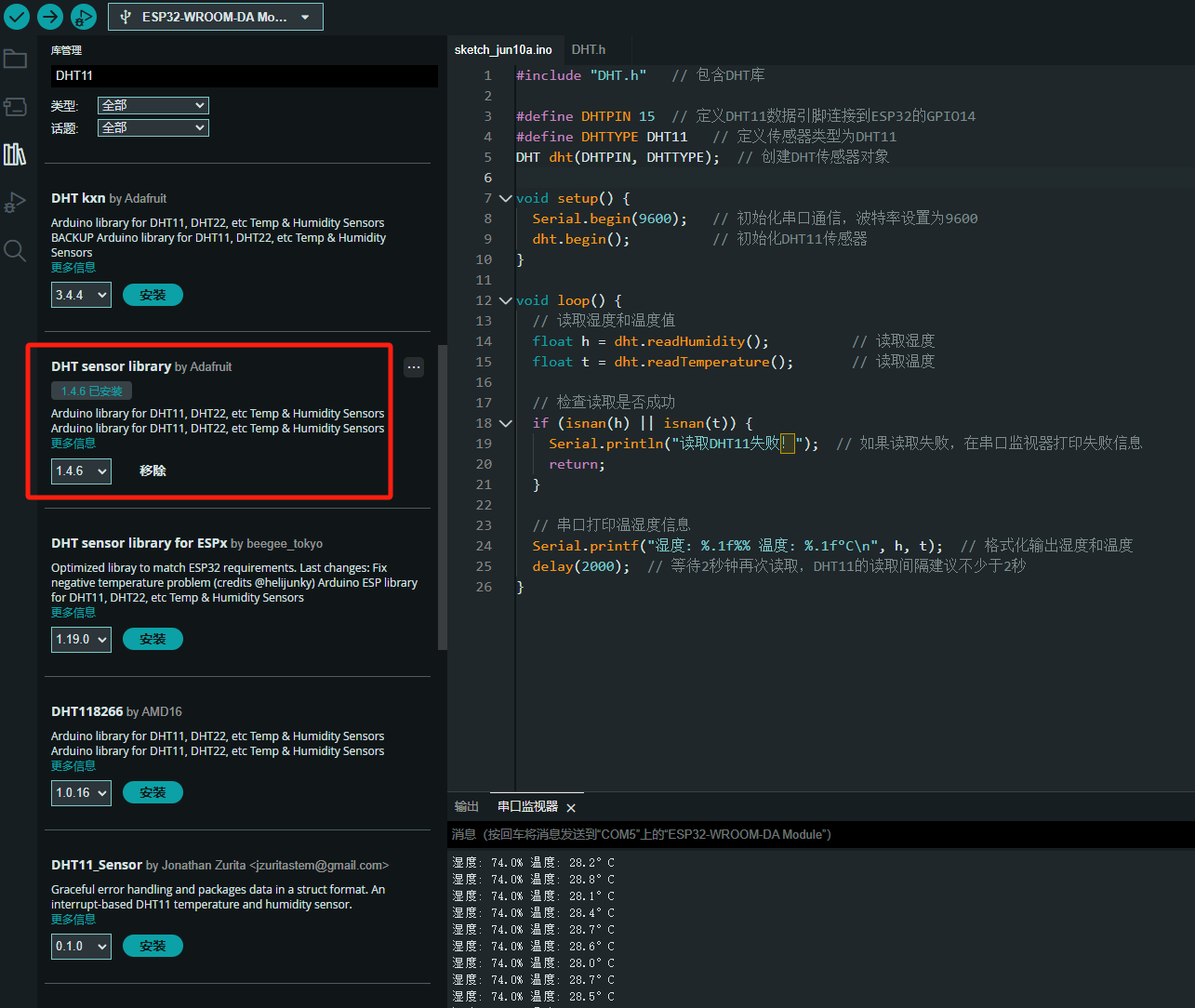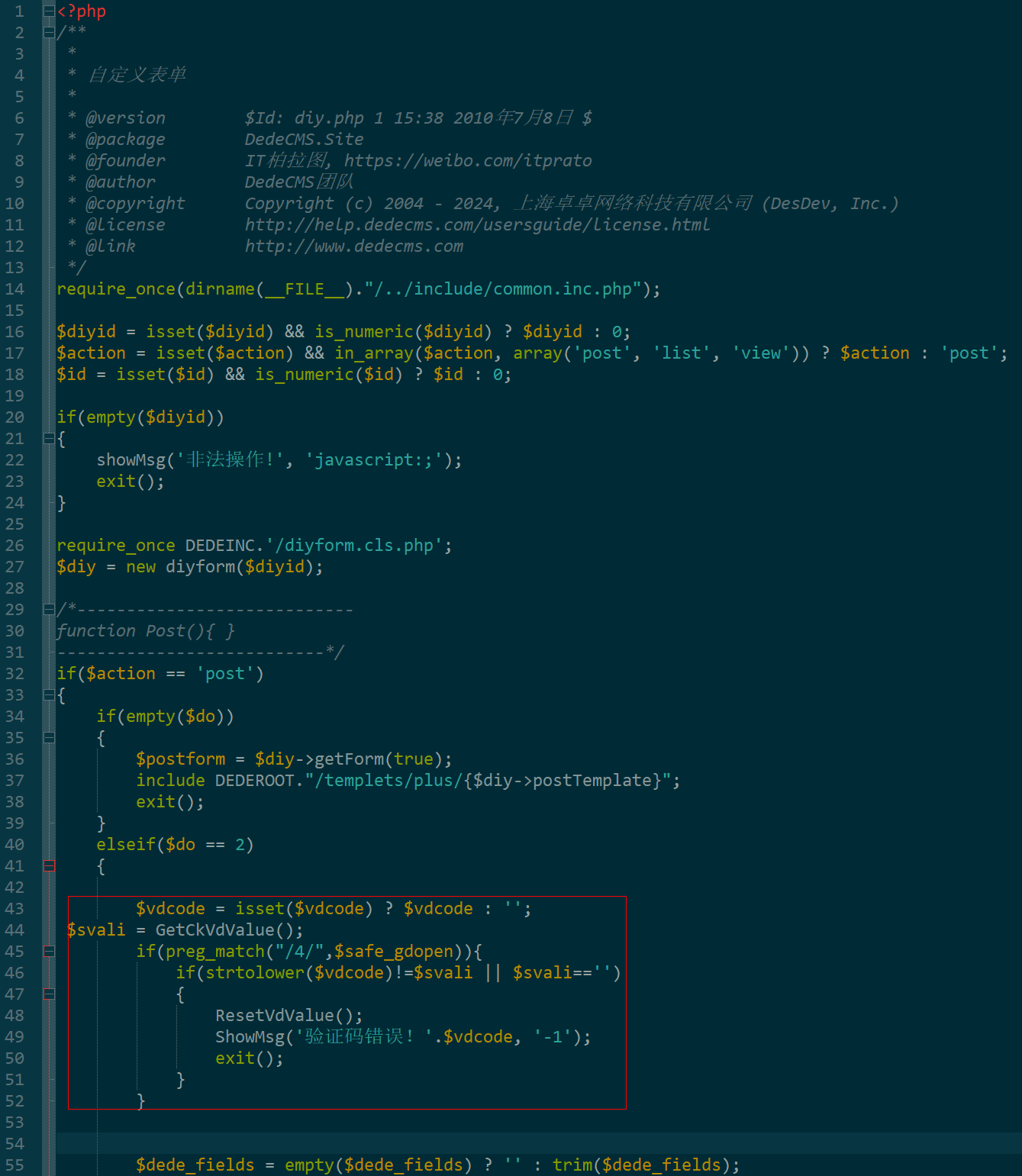Go 语言接口详解
核心概念
接口定义
在 Go 语言中,接口是一种抽象类型,它定义了一组方法的集合:
// 定义接口
type Shape interface {
Area() float64
Perimeter() float64
}接口实现
Go 接口的实现是隐式的:
// 矩形结构体
type Rectangle struct {
Width float64
Height float64
}
// 实现 Shape 接口
func (r Rectangle) Area() float64 {
return r.Width * r.Height
}
func (r Rectangle) Perimeter() float64 {
return 2 * (r.Width + r.Height)
}接口核心特性
1. 多态实现
func PrintShapeInfo(s Shape) {
fmt.Printf("Area: %.2f, Perimeter: %.2f\n",
s.Area(), s.Perimeter())
}
func main() {
r := Rectangle{Width: 5, Height: 3}
PrintShapeInfo(r) // 矩形信息
c := Circle{Radius: 4}
PrintShapeInfo(c) // 圆形信息
}2. 空接口 interface{}
空接口可以保存任何类型的值(Go 1.18+ 建议使用 any):
func printAnyValue(value interface{}) {
switch v := value.(type) {
case int:
fmt.Println("Integer:", v)
case string:
fmt.Println("String:", v)
case bool:
fmt.Println("Boolean:", v)
default:
fmt.Printf("Unknown type: %T\n", v)
}
}3. 类型断言
func getArea(s any) (float64, error) {
if shape, ok := s.(Shape); ok {
return shape.Area(), nil
}
return 0, errors.New("not a Shape")
}高级接口技术
接口嵌套
type ReadWriter interface {
Reader
Writer
}
type Reader interface {
Read(p []byte) (n int, err error)
}
type Writer interface {
Write(p []byte) (n int, err error)
}接口最佳实践
1. 小型接口设计
// 遵循io.Writer的简洁接口
type DataSink interface {
WriteData(data []byte) error
}
type FileSink struct{ /* ... */ }
type NetworkSink struct{ /* ... */ }2. 依赖注入
type Logger interface {
Log(message string)
}
type Application struct {
logger Logger
}
func NewApp(logger Logger) *Application {
return &Application{logger: logger}
}
func (app *Application) Run() {
app.logger.Log("Application started")
}接口内部机制
接口底层结构
Go 接口在内存中由两个指针组成:
- 类型指针:指向类型元数据
- 值指针:指向实际数据
type iface struct {
tab *itab // 类型信息
data unsafe.Pointer // 实际值
}接口 vs 具体类型性能对比
| 操作类型 | 具体类型 | 接口 | 差异 |
|---|---|---|---|
| 方法调用 | 2-3 ns | 5-10 ns | ~3x |
| 内存占用 | 固定大小 | +16字节 | +100% |
| 创建对象 | 最快 | 中等 | ~1.5x |
| 内存分配次数 | 0-1 | 1-2 | +100% |
实际应用场景
1. Web 路由处理
type Handler interface {
ServeHTTP(ResponseWriter, *Request)
}
func (app *App) Handle(pattern string, handler Handler) {
http.Handle(pattern, handler)
}2. 数据库抽象
type UserRepository interface {
FindByID(id int) (*User, error)
Save(user *User) error
Delete(id int) error
}
func NewSQLUserRepository(db *sql.DB) UserRepository {
return &sqlUserRepository{db: db}
}3. 中间件链
type Middleware interface {
Wrap(next Handler) Handler
}
func Chain(middleware ...Middleware) Handler {
var h Handler = finalHandler
for i := len(middleware) - 1; i >= 0; i-- {
h = middleware[i].Wrap(h)
}
return h
}接口使用技巧
避免空接口
使用类型约束代替:
// 不推荐
func Process(value interface{})
// 推荐(Go 1.18+)
func Process[T any](value T) 接口组合最佳实践
// 文件处理接口
type FileProcessor interface {
OpenFile(path string) error
ProcessFile() error
CloseFile() error
}
// 日志记录器接口
type Logger interface {
Log(message string)
}
// 组合接口
type FileTask interface {
FileProcessor
Logger
}处理非实现错误
var _ Shape = (*Rectangle)(nil) // 编译时检查
var _ Shape = (*Circle)(nil) // 确保类型实现接口
func init() {
if _, ok := (interface{})(&Rectangle{}).(Shape); !ok {
panic("Rectangle doesn't implement Shape")
}
}接口设计模式
适配器模式
type LegacyPrinter interface {
PrintDocument(string)
}
type ModernPrinter interface {
Print(string) error
}
type PrinterAdapter struct {
legacy LegacyPrinter
}
func (a *PrinterAdapter) Print(content string) error {
a.legacy.PrintDocument(content)
return nil
}策略模式
type PaymentStrategy interface {
Pay(amount float64) bool
}
type CreditCardPayment struct{}
type PayPalPayment struct{}
func (c *CreditCardPayment) Pay(amount float64) bool {
// 信用卡支付逻辑
}
func Checkout(amount float64, strategy PaymentStrategy) bool {
return strategy.Pay(amount)
}接口与泛型配合(Go 1.18+)
type Stacker[T any] interface {
Push(T)
Pop() (T, bool)
Peek() (T, bool)
}
func ProcessStack[S Stacker[int], T any](s S) {
// 泛型接口实现
}接口测试技巧
type DBConnector interface {
Query(query string) (Rows, error)
}
func TestUserFetch(t *testing.T) {
mockConn := struct {
QueryFunc func(string) (Rows, error)
}{
QueryFunc: func(q string) (Rows, error) {
// 返回模拟结果
},
}
userRepo := NewUserRepository(mockConn)
user, err := userRepo.GetByID(1)
// 断言逻辑
}接口开发准则
- 最小化接口:单个接口不超过3个方法
- 语义命名:
er后缀(Reader, Writer) - 避免过度抽象:只在必要时使用接口
- 接口分离原则:
// 不推荐 type Repository interface { GetUser() AddUser() GetProduct() AddProduct() } // 推荐 type UserRepo interface { GetUser() AddUser() } type ProductRepo interface { GetProduct() AddProduct() }
高级技术:接口反射
func InspectInterface(i interface{}) {
t := reflect.TypeOf(i)
fmt.Println("Interface type:", t)
for i := 0; i < t.NumMethod(); i++ {
method := t.Method(i)
fmt.Printf("Method %d: %s\n", i+1, method.Name)
}
if impl, ok := i.(fmt.Stringer); ok {
fmt.Println("Implements Stringer:", impl.String())
}
}Go 语言接口是其类型系统的核心,理解其设计哲学和工作原理是成为高级 Go 开发者的关键。遵循"隐式实现"和"依赖接口而非实现"的原则,可以创建灵活、可测试且易于维护的 Go 程序。

